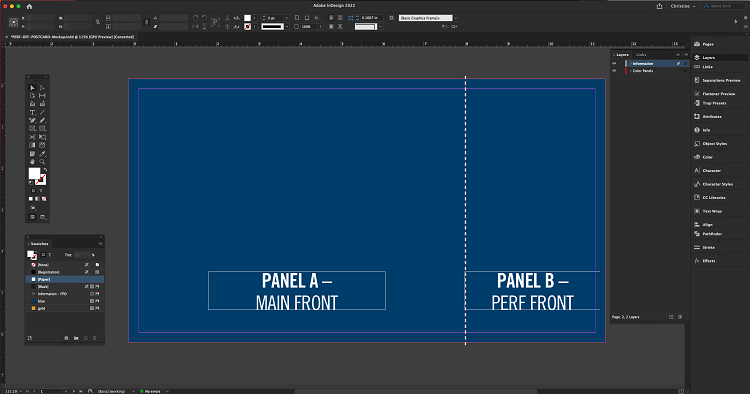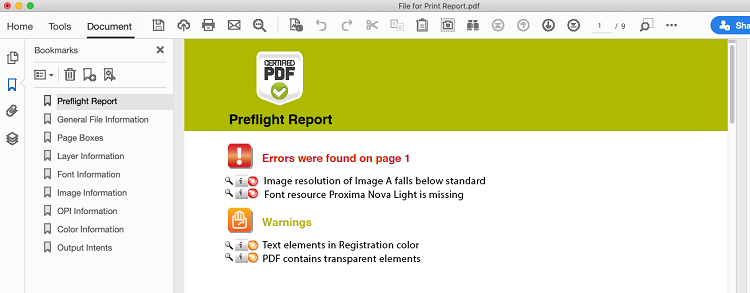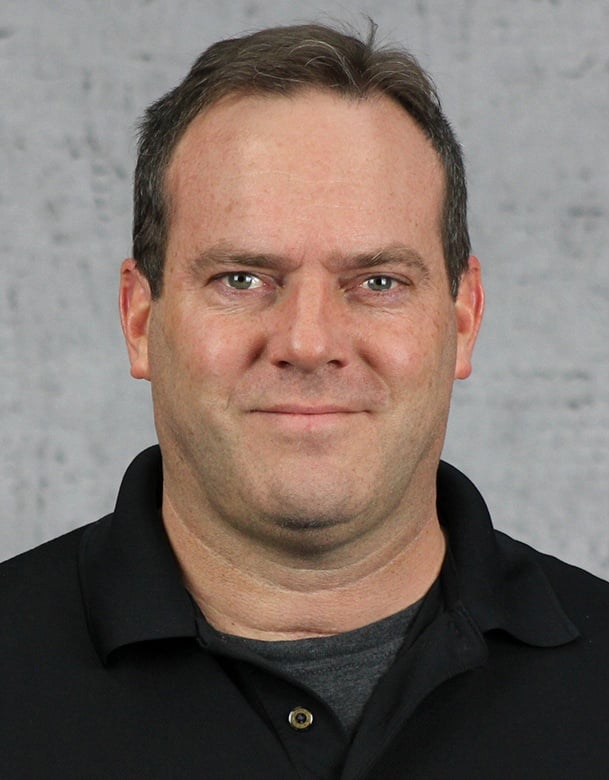
Everyone wants their marketing projects to go quickly and smoothly. You can avoid delays, errors and extra charges with your print projects by following these four best practices for submitting files to your printer:
1. Speak the Same Language From the Start
Make sure you are communicating effectively with your printer and using the same terms that they are.
A page size should be communicated with horizontal followed by vertical. For example, an 8.5 x 11 page is 8.5 inches wide by 11 inches tall. Speaking of pages, a "page" is one side of a sheet of paper, so every piece of paper is 2 pages.
When selecting a paper its good to understand what you are ordering, in terms of coating, brightness, color and weight. Do you know the differences between a coated 60lb text or an uncoated 60lb cover? Learn more in our Novice's Guide to Picking Paper.
2. Clean Up Your File Before Sending
Before sending your file off for printing, make sure it is "clean." Look for any stray unused objects in the perimeter of your artboard that you may have dragged off to the side instead of deleting them from the project. Unlinked photos, missing fonts and unused spot colors can all throw errors in pre-press software that can delay your project while someone has to investigate and correct the errors.

3. Seek Out Typos Early and Often
Printed communications are inherently different from digital communications. While you can go back to correct a typo on your website or landing page at any time, once something is printed it will be too late to correct any mistakes.
A run of spell-check and a solid round of proofreading (or two!) BEFORE your files are submitted for print can catch the majority of changes needed. When you receive a digital or hard copy proof from your printer, that should not be the first time you are reviewing your copy. While a printer could catch errors while working with your file, this should not be counted on, as proofreading is not part of the standard printing process.
Additionally, each time the art has to go back through the pre-press process for revisions and re-proofing adds costs and risks to something else accidentally being changed and can affect the timeline of your job. Read more on what to look for when reviewing your print proofs.
4. Send the Right File SIZE and Type
The page size of your project may change as it moves from the initial concept to the final version. But the final size of your art document should match the final size of your printed product. Avoid building oversized when possible, as the pre-press team will have to resize and center to correct this.
We prefer to receive print-ready PDFs (with trims and bleeds) for these reasons:
- PDFs are self contained, generally smaller and therefore easier to upload and work with.
- Font issues are minimized.
- A PDF workflow puts you in the driver's seat with regard to content and alterations.
However, native files might be preferred if you need assistance from your printer for fine-tuning the final art for dielines, coating effects and variable data.
Some edits are possible within a PDF, but if edits are not mirrored in native files, they will become out of date. Large volume edits are also easier to do in the native application. Your printer can send you back the final art when edits are done if this is the route you choose.
Need more advice? Check out 6 Mistakes to Avoid When Designing for Print.


